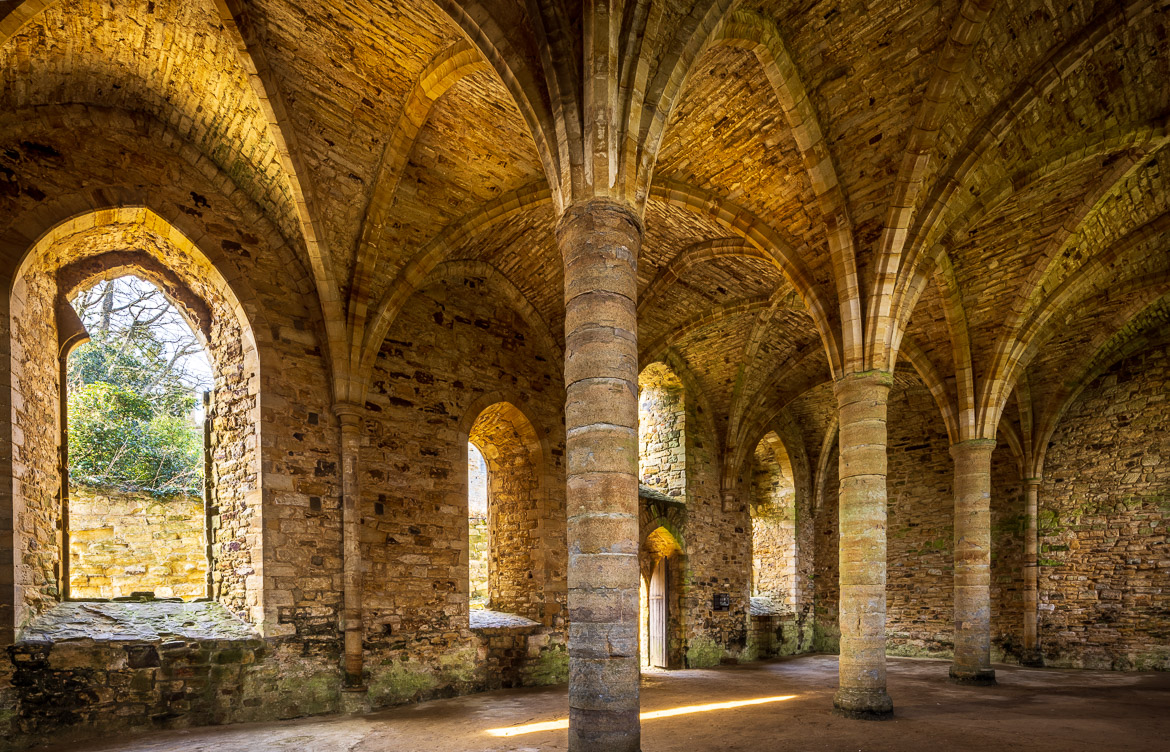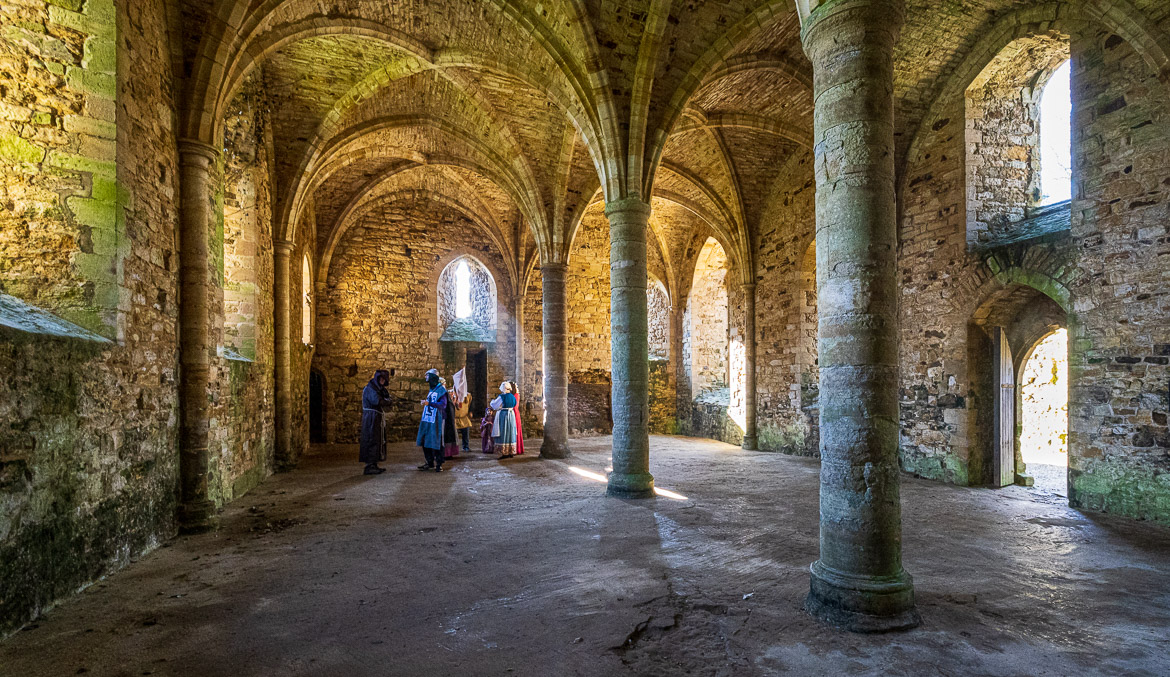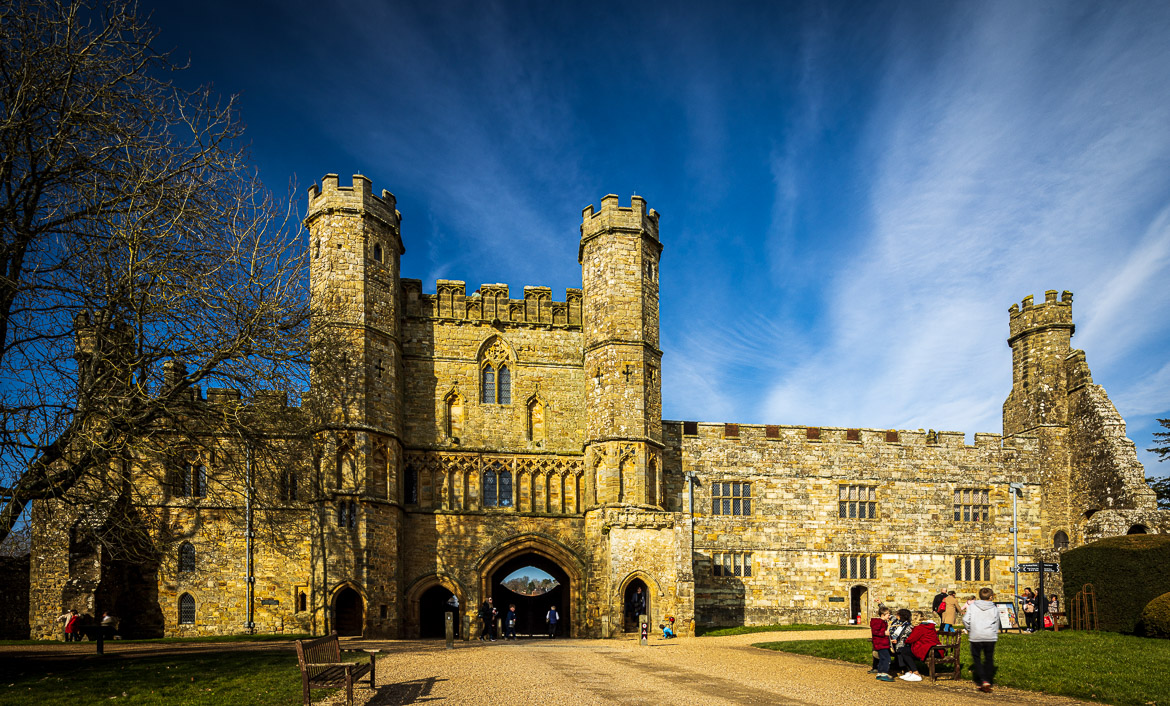
The Battle of Hastings in October 1066 defines England still today, and it is still the most famous battle fought on English soil. Edward the Confessor had died in January 1066, and he appointed Harold to lead the country as its king. But Harold wasn’t only threatened by William of Normandy. In May he was attacked by his brother Tostig, who invaded from Flanders into East Anglia. Tostig was thoroughly defeated, but in September King Harald Hardrada (from Norway) attacked further north. King Harold moved his troops swiftly further north and defeated the Norwegians at the battle of Stamford Bridge.
And then a third threat appears from Normandy. The Duke of Normandy (William the Conqueror) had assembled a fleet and army and set sail for England immediately afterwards. They landed between Eastbourne and Hastings, and William then moved his forces to Hastings. King Harold turned his army south again to take care of the invaders at Hastings, and William of Normandy turned north to meet King Harold. They met on open countryside 7 miles northwest of Hastings. Each army probably had around five to seven thousand men. William’s army had a cavalry and longbows, whereas the English army mainly had infantry armed with battle-axes.
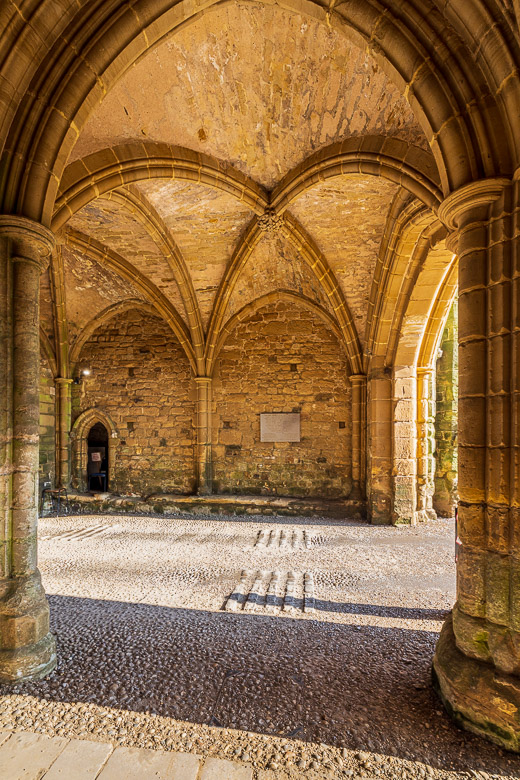
At the battle King Harald was killed, and the victorious William declared that an Abbey should be built on the exact location where King Harald met his death. A new era entered with the battle. The Vikings from Norway had been defeated, but the Normans from Normandy (which of course heralded from the Vikings as well) would rule England from this time on.
The Abbey consisted of course of the Abbey Church, but also of a whole range of monastic buildings, some of them still standing. It was a Benedictine monastery and like all other monasteries and nunneries in England it was abolished, when King Henry VIII removed the ties with the pope and Catholicism and introduced the Anglican Church. Many buildings were destroyed at that time, but some remained and were used for secular purposes.
The top image is the Gatehouse, originally built in the 11 C, but with later additions. The present gatehouse heralds from the mid 14 century and can be seen at the top picture here. To the right of the Gatehouse is a more modern building, the Courthouse, erected in the 16th C. The second image shows the passage through the Gatehouse.
Around the Abbey a town grew up and was later appropriately called just Battle. It had a population of around two to three thousand inhabitants consisting of a mix of English and Normans. The image below shows the town as it is today.
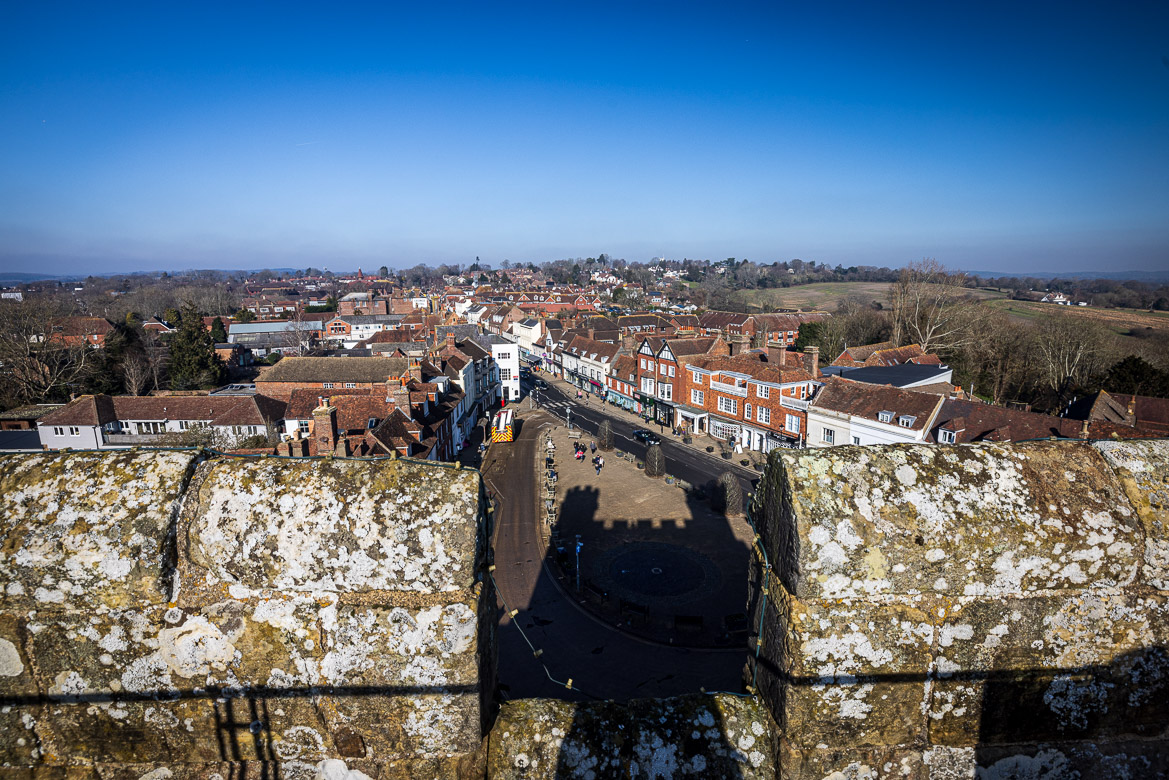
One of the buildings that was preserved was the Abbot’s lodging. That was converted to a post-monastic country house with the dissolution of the monasteries in the 16 C. The Abbot was important and his lodgings reflected that. He sat in the House of Lords, normally a post reserved for the bishops. And the pope granted in the mid 14 century the right for the Abbot to use the mitre and other ornaments that normally were reserved for bishops. In more modern times the country house became the Battle Abbey School. As it was half term, I walked on to the grounds and captured an image (below) of the Abbot’s Lodgings.
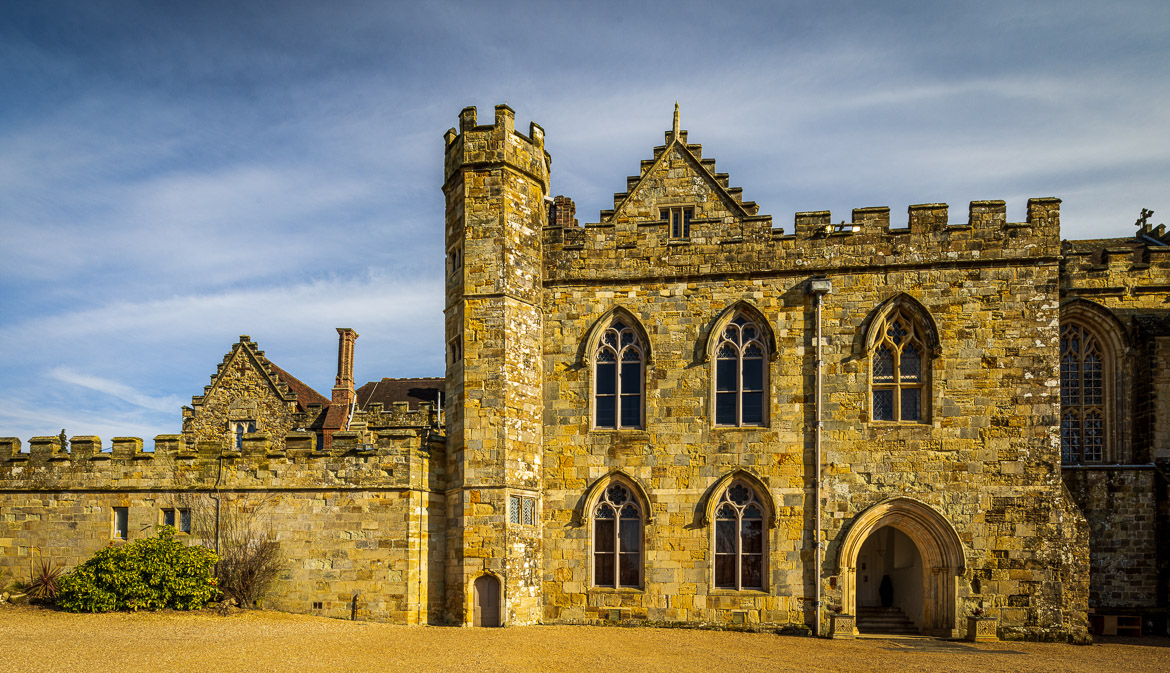
If the Abbot’s quarters were luxurious, the ordinary monks lived quite a frugal life. Below is a large room that served as the sleeping quarters for all the monks. The roof of the building has collapsed, but one of the gables and the side walls are still standing. More than 50 monks would sleep there in one common room. Later they divided the area in smaller cubicles to provide some privacy for the monks. I photographed it with the sun breaking in through the top window.
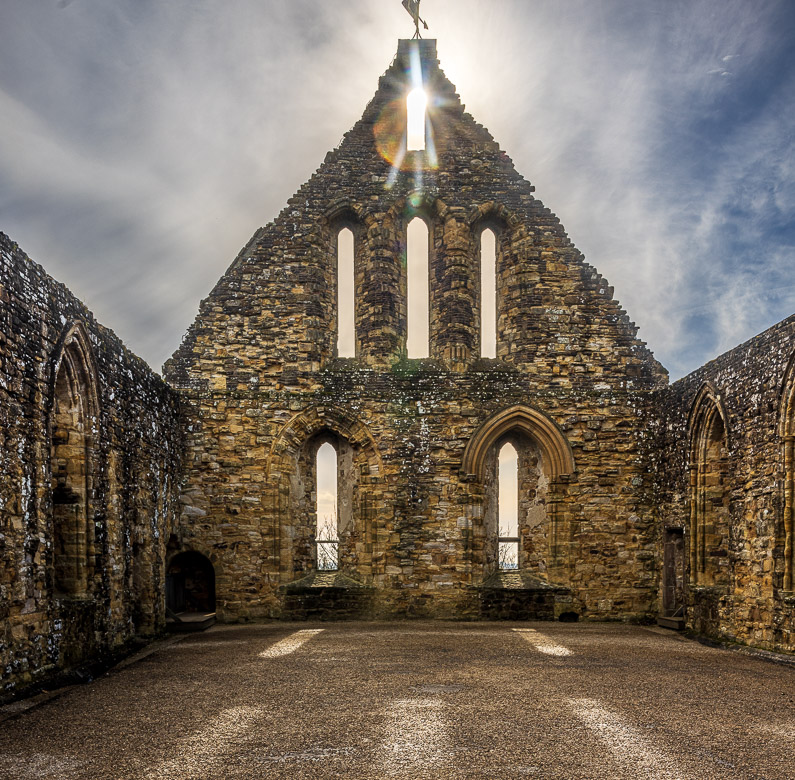
The Abbey Church itself was totally demolished in the 16 C, but you can see where it was situated in the image below, captured from the north side of the dormitory. Closest to the camera are the remains of the Chapter House, where the monks would meet and discuss their business and beyond that you can see the grounds of the Abbey Church. A stone plaque marks the place, where the High Altar of the church was situated – that is, according to history, the exact place where King Harold met his death.
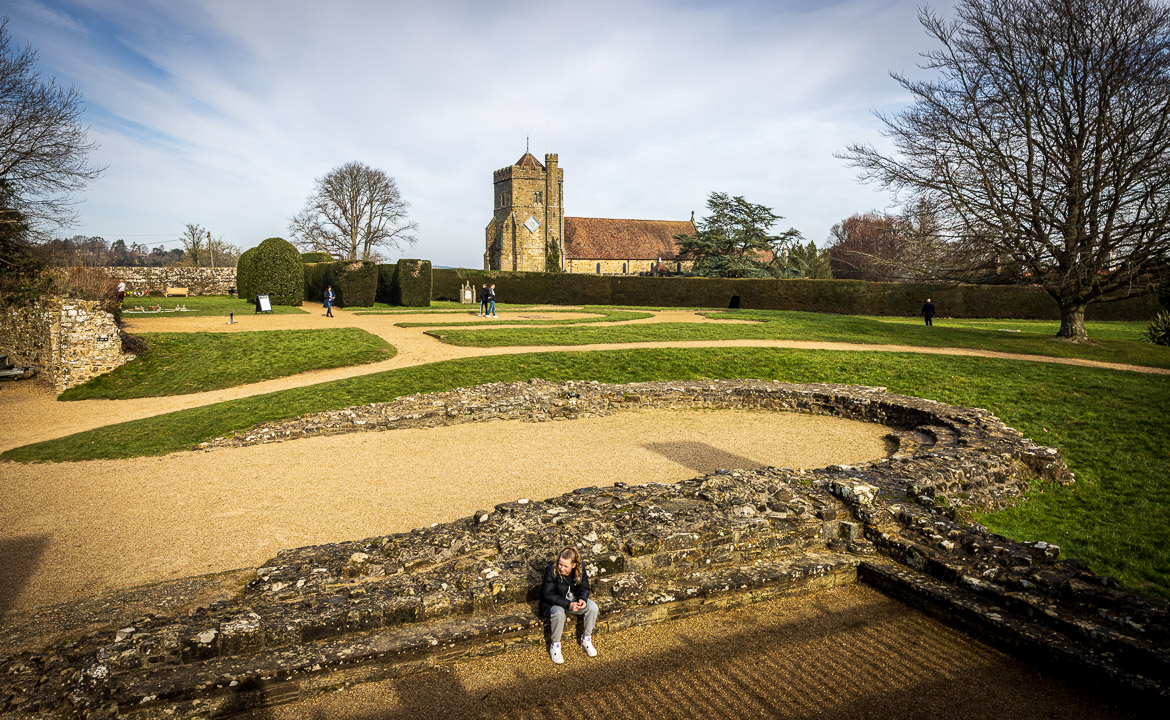
Just beyond the walls of the Abbey the Parish Church of Battle, St Mary’s, can be seen. The first church was erected soon after 1110 and the present nave is from early 13 C and the chancel a little later. The Abbot controlled the parish church as well. The incumbent’s title of dean rather than vicar or rector reflects the privileges that the parish enjoyed due to its relationship with the abbey. Obviously some of these privileges remained even after the dissolution!
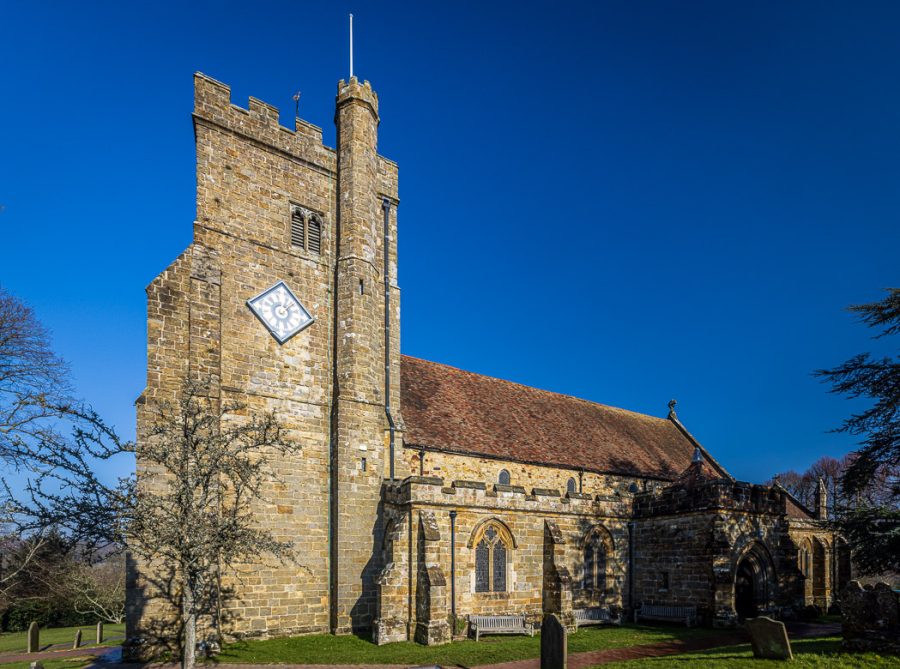
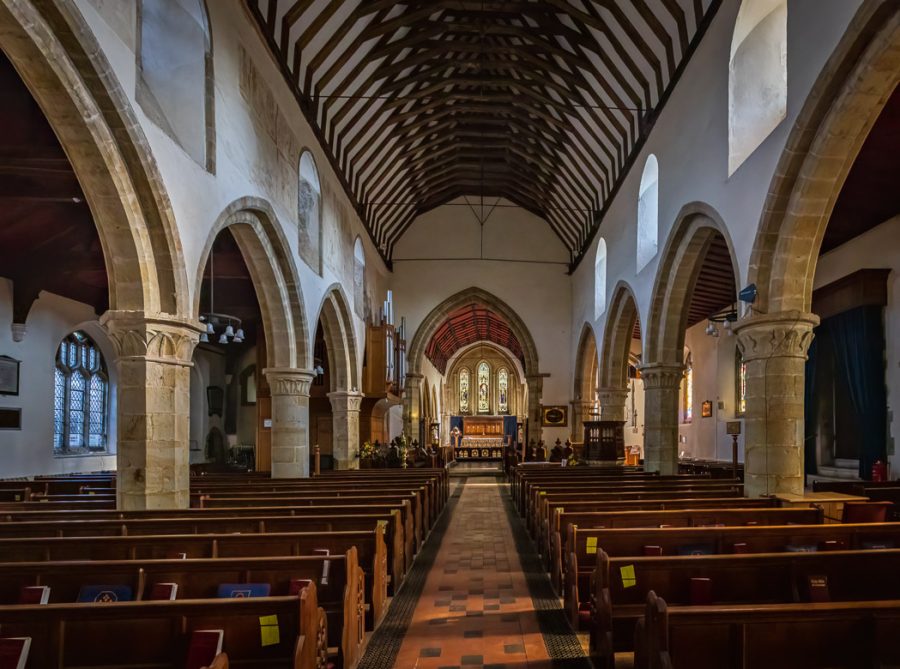
Underneath the Dormitory were several rooms that are quite well preserved. One of them is the Common Room with two rows of Sussex marble columns. It is still today a very beautiful room and in wintertime would have been heated by charcoal braziers.
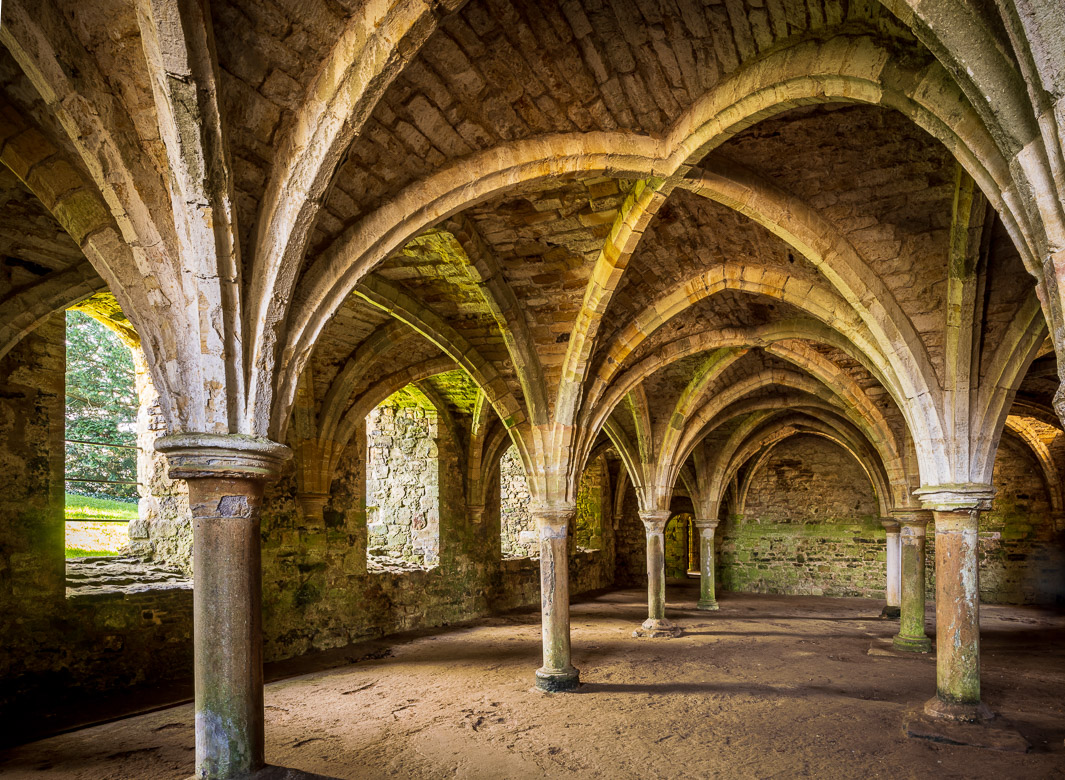
Underneath the other end of the Dormitory was the Novices’ Chamber. Notice the beautiful ceilings in both of these rooms. When I visited, some actors were illustrating the life and times of the living abbey, by dressing up as monks and knights, enhancing the impression that I had the privilege to enter a truly medieval chamber.
